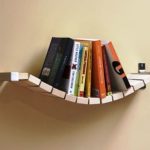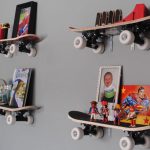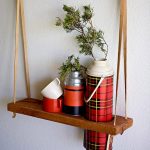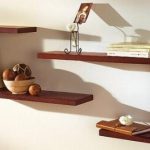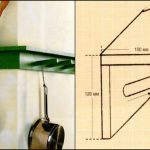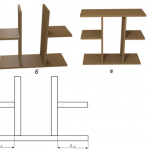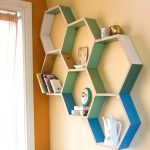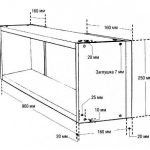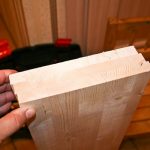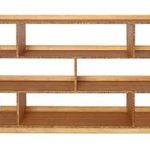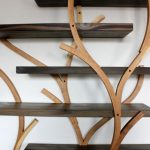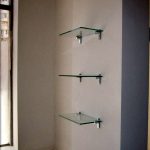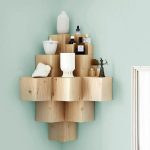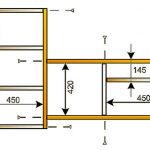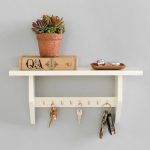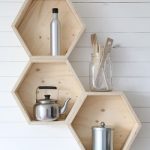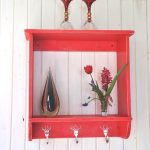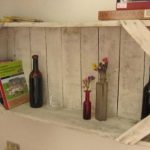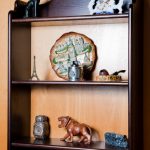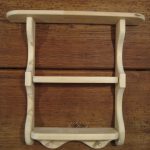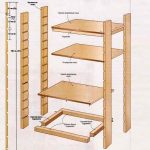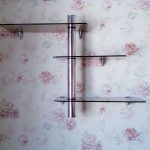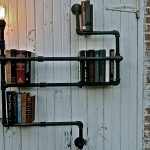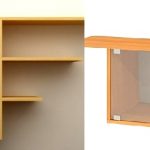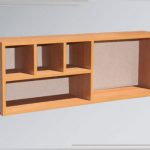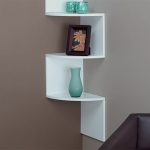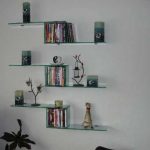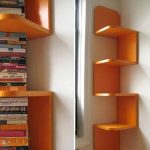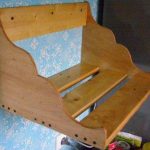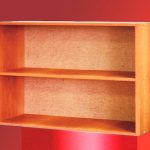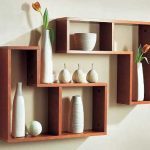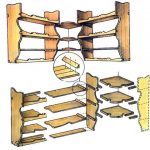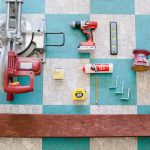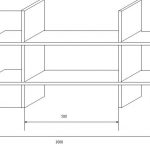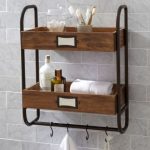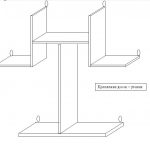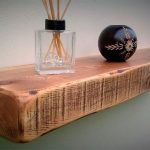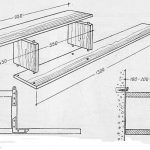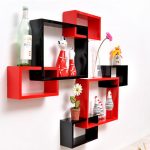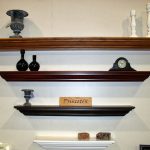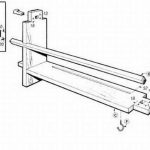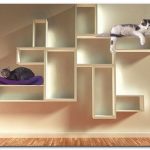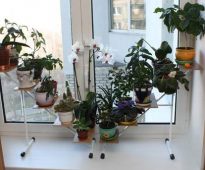 How to make a shelf for flowers on the windowsill
How to make a shelf for flowers on the windowsill
Making a shelf on the wall do it yourself
What could be more trivial than a regular wall shelf? But good imagination and skillful hands can work wonders with such a simple object, turning it into a beautiful element of the interior design of your home.
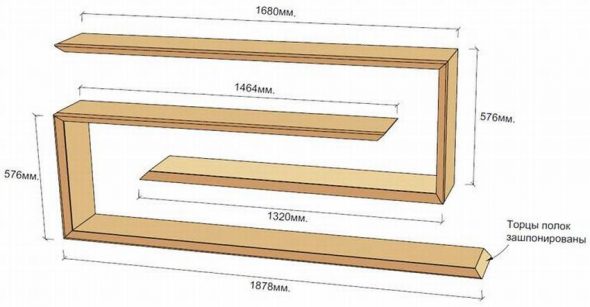
One of the methods of decorating the room - the use of shelves.
Content
- 1 There would be an invention, and there will be material for a shelf ...
- 2 Buy or make a shelf on the wall do it yourself
- 3 Shelves are different
- 4 Module - a universal solution
- 5 Marking and sawing
- 6 Workpiece processing
- 7 Shelf assembly
- 8 Install shelves on the wall
- 9 Production of shelves
- 10 Bookshelf with hidden fasteners
- 11 Decor is everything
- 12 VIDEO: Do-it-yourself shelf (how to make a wood shelf)
- 13 50 photo ideas how to make shelves on the wall do it yourself
There would be an invention, and there will be material for a shelf ...
All materials have their advantages and disadvantages. For wall shelves fit the following.
- Timber - is the most common and cheap - it is easy to cut into pieces, process and paint.
- Metal is not always suitable, it is harder to process at home, shelves from it do not fit into the home interior, are susceptible to corrosion.
- Glass - looks great in the interior of any room, makes the shelves visually lighter and airy, but due to its fragility it requires special tools and equipment for cutting out complex holes and grinding.
- Plastic is the lightest material that can replace all previous ones.
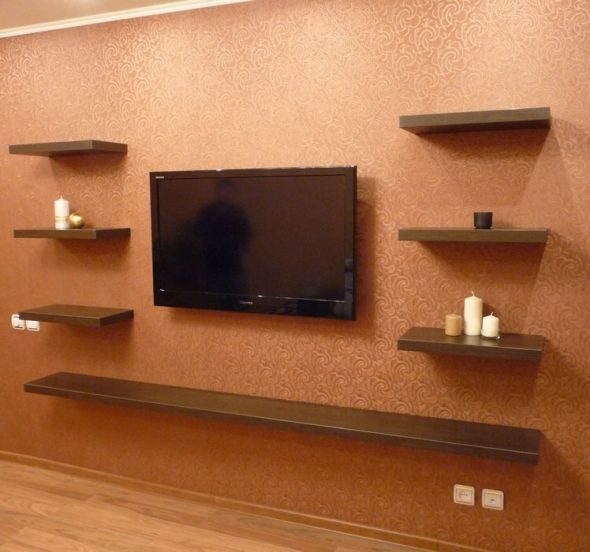
Hang the shelves on the wall, put on the floor, some are suspended from the ceiling or beams.
NOTE! The imagination of a person in choosing material for shelves on the wall is inexhaustible - old suitcases, TV cases, water pipes and corners. Even ... trouser belts can be used as fasteners.
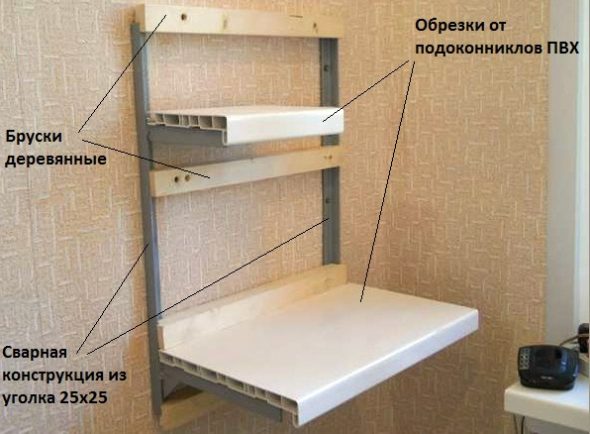
Much more often they are functional.
Buy or make a shelf on the wall do it yourself
What is the advantage of self-made wall shelves over purchased? Furniture stores offer options for all occasions - bookshelves, for dishes, under phones, for flowers. But in defense of homemade can bring such arguments:
- not always the purchased shelf fits your idea of the beautiful - or the color is inappropriate, or the shape is clumsy;
- dimensions of the purchased product do not fit into the size of your room;
- the height or width of the shelves does not match the size of the things you want to fit on them;
- after the repair, there were still pieces of good material and fasteners - it is a pity to throw it away, but there is no desire and place to store.
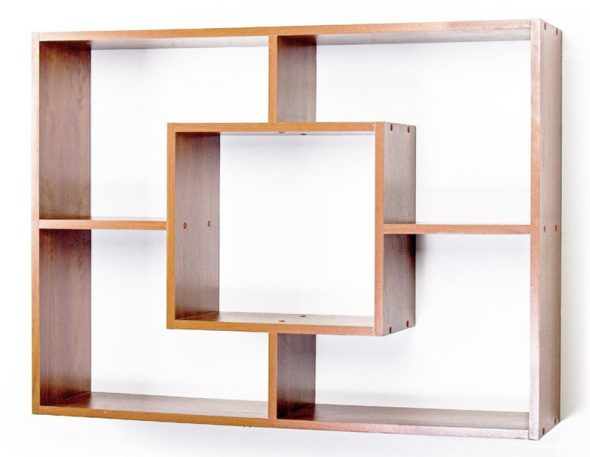
But what is best - they are easy to make yourself, with your own hands.
ON A NOTE! It is often cheaper to make shelves on the wall with your own hands than to buy them in a shop of a famous furniture company.

They are made of wood, plywood, laminated chipboard, fiberboard, there are shelves of glass.
Shelves are different
Before you assemble the shelf, determine what type it will be. The furniture makers got the hang of doing wall shelves for all occasions:
- open - without side walls, front doors and rear wall;
- closed - in essence, such shelves are hanging cabinets in miniature, differing from them in smaller mass, depth and height;
- angular - located at the junction of two walls, can be both for the inner corner and for the outer one;
- asymmetrical - the layout of the shelves is devoid of an axis of symmetry, provided the functionality is maintained;
- hanging - harnesses, cables, thick cloth materials, belts are used as shelves for shelves, and the ceiling is used as a support;
- decorative - designed to beautifully arrange interesting things.
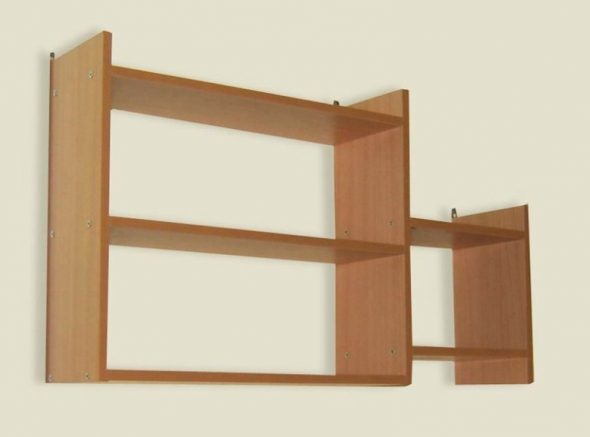
The same materials are used as racks, but they are also made of metal, plastics and other absolutely incredible things - for example, pipes or bottles.
Module - a universal solution
The easiest way to assemble wall shelves, consisting of side, top and bottom walls, fastened together by screws or furniture fittings. Make such “modules” of different lengths and heights the required number and fix them on the wall in the required order. This option is well suited for the manufacture of bookshelves.
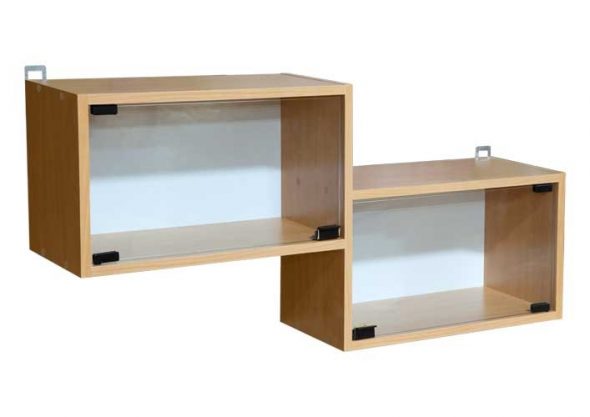
In living rooms it is not so important what material the shelf is made of. It is important that its design was in the same style with the interior.
You will need the following materials and tools:
- board 16–20 mm thick and 150–180 mm wide — it can be pine, MDF, plywood or chipboard.
- self-tapping screws;
- screwdriver;
- building level;
- furniture hacksaw for wood.

Even the functionality is not always important: some play an exclusively decorative role. On them, if something is worth one or two items.
Marking and sawing
The height and width of the shelf is chosen arbitrarily. If the ends of the upper and lower walls will rest against the edges of the side walls, then, when determining their height, it is necessary to make an amendment to twice the thickness of the board.
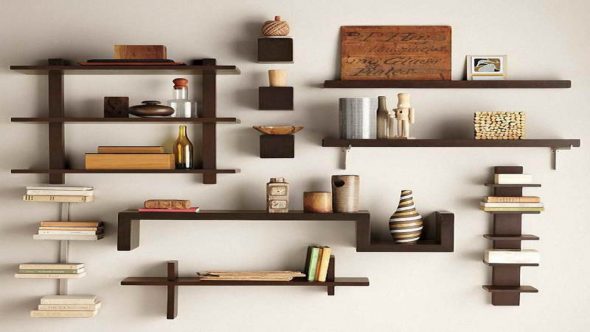
Their role is to give the interior of the home a special style and color.
ATTENTION! For sawing boards should use a hand saw or jigsaw. Their use allows you to make the cut surface smooth.
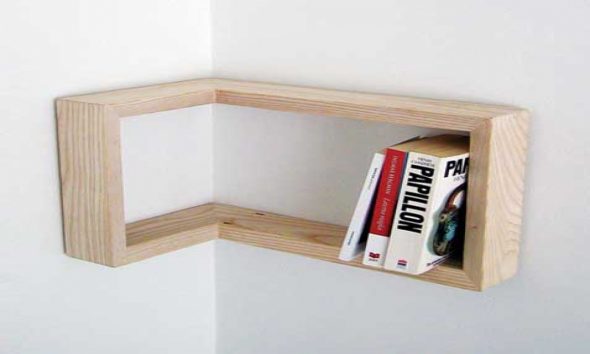
If we talk about the shelves in the technical premises - the kitchen and the bathroom, in particular, then to practical considerations of aesthetics, requirements for practicality are added almost everywhere.
When marking parts for corner wall shelves, the upper and lower walls are made of two boards with oblique ends. Their connection must fit exactly into the corner for which they are intended. The surface of the ends is smeared with wood glue, the boards are joined and tightened with clamps until they are completely dry. Additionally, you can fasten the corners with screws.
Workpiece processing
Before installation, the wooden parts of the shelves must be sanded and coated. You can process the wood stain and varnish. However, such a shelf does not always fit into the overall color scheme of the interior. Then it is better to apply a primer and paint in the desired color.
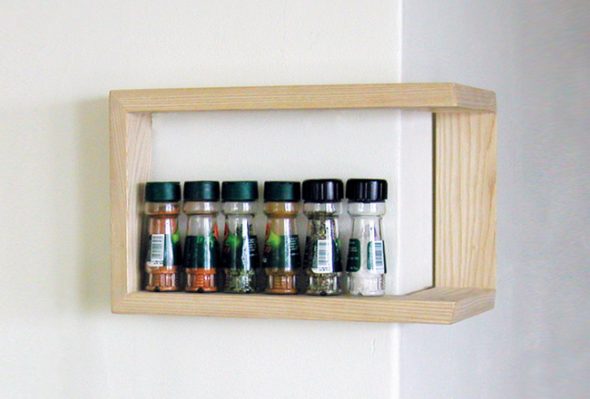
To secure the screwing point in the lower part of the sidewall, you need to pre-drill a hole with a thin drill.
Shelf assembly
To fasten the walls with screws it is necessary to mark the holes. From the end edge of the lower wall measure the distance equal to half the thickness of the side and draw a line parallel to the slice. It makes marks for the drill, departing five centimeters left and right. Also mark the opposite end. Make holes. Fasten the side walls of the shelf with screws. Mark and fasten the upper wall of the shelf in the same way.
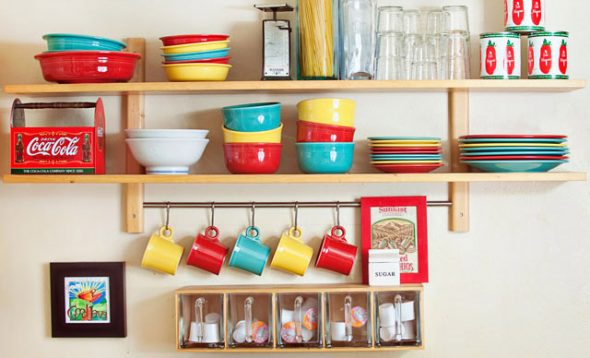
So that the shelf is even and not warped afterwards, in the lower part, on the reverse side, it is possible to fix the location of parts with flat window corners.
ON A NOTE! For fastening the walls of the shelves, other methods can be used - wooden dowels with wood glue, special fixing hardware - screed corners, eccentric screed.
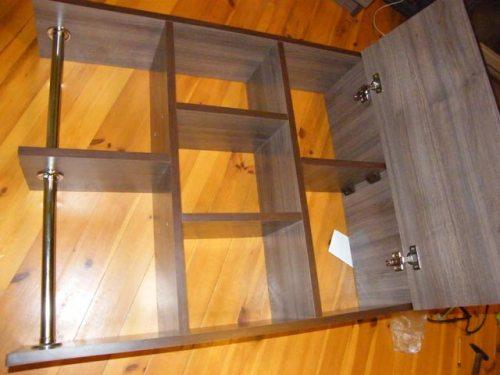
Despite the fact that electronic devices crowd out printed publications, many people carefully keep books and magazines that are dear to their hearts, and their storage often leaves much to be desired.
Install shelves on the wall
It would seem - there is nothing easier. In fact, this is a crucial stage.You do not want all your efforts to improve your home collapsed at once?
The easiest to use for shelves hinged corner. The upper eyelet is attached to the wall with a dowel, the bottom - to the shelf with a screw or a bolt with a nut and a washer.
IMPORTANT! When the load on the shelf from 20 to 50 kg, use brackets. Mark the holes on the wall using a building level.
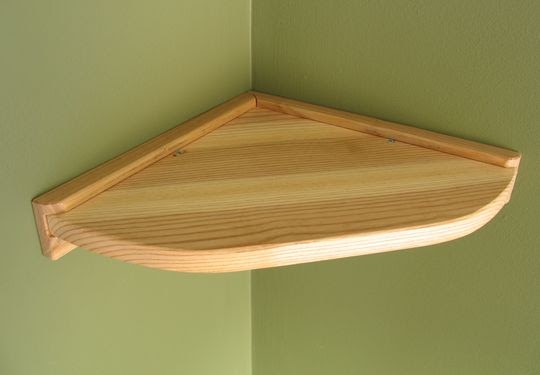
Hands should be clean, because untreated wood is very marking.
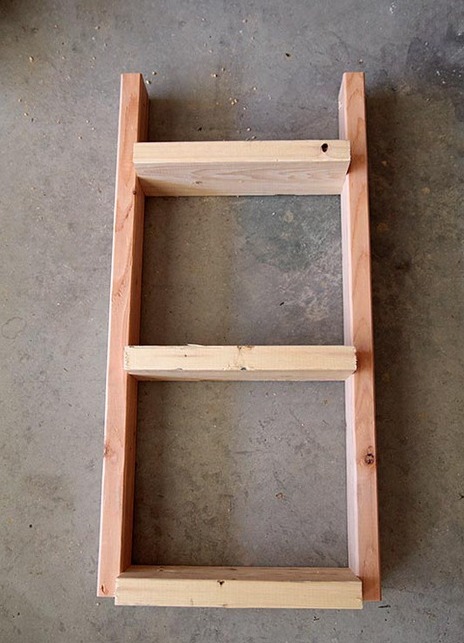
The dimensions of the shelf will depend on how large the books are on it.
Production of shelves
The shelf of the original form requires to show imagination and a little more diligence, but your efforts will be more than repaid - the original product will enliven the interior of the room.
- Saw the board into 15 pieces 300 mm long with a cut angle of 30 °.
- We make the first "cell". To do this, glue the hexagonal section and strengthen its corners with self-tapping screws.
- All the other "honeycombs" shelves do without one wall.
- We put them on the floor so that the missing edge is replaced by the wall of the next section. We fasten together with glue and screws.
- If there are segments of sufficient length left, then the shelves can be made inside the “honeycomb” itself.
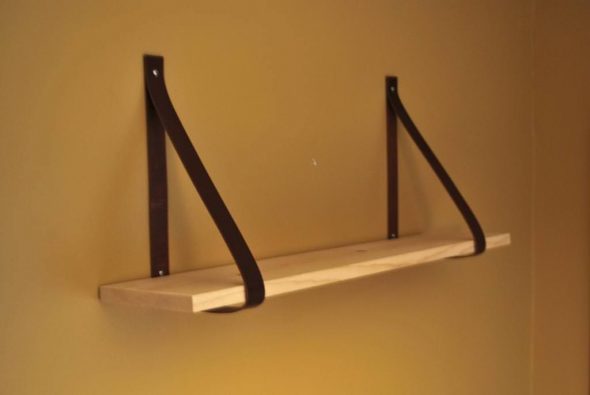
Each part needs to be processed with a grinder, only then it can be bonded with other parts into a single structure.
IMPORTANT! To avoid cracks and distortions when tightening the screws, pre-drill holes with a diameter of 1.2 mm.
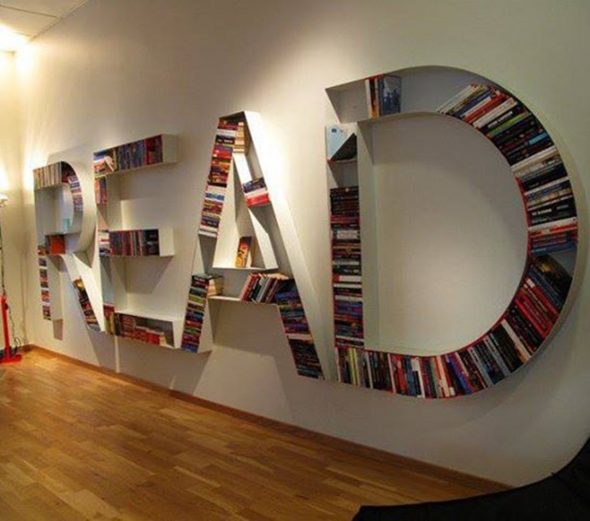
Of course, you can not do without a tool. The minimum is a hacksaw and a Phillips screwdriver.
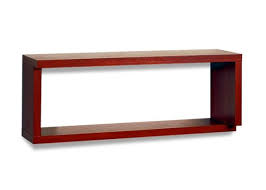
To the bookshelf requirements for durability: the weight is kept significant.
Bookshelf with hidden fasteners
If your taste insults the appearance of fixing hardware, you can make a small open shelf with hidden fasteners.
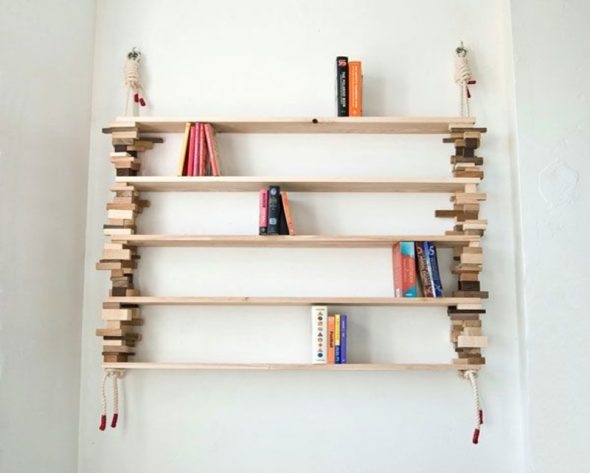
The first thing you need to think about the size of the manufactured shelves and determine the place where it will be, only after that acquire the board.
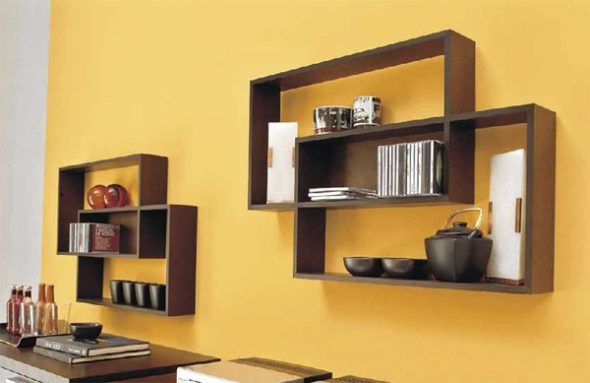
Often you can see when people decorate their homes with artificial flowers, but still nothing can replace the freshness of a natural beautiful plant.
For this you need:
- wooden beam with a thickness of 25-30 mm with a well-polished surface;
- the board of the same thickness made of the same material;
- pins - cylindrical pins made of wood;
- wood glue;
- dowels and screws.
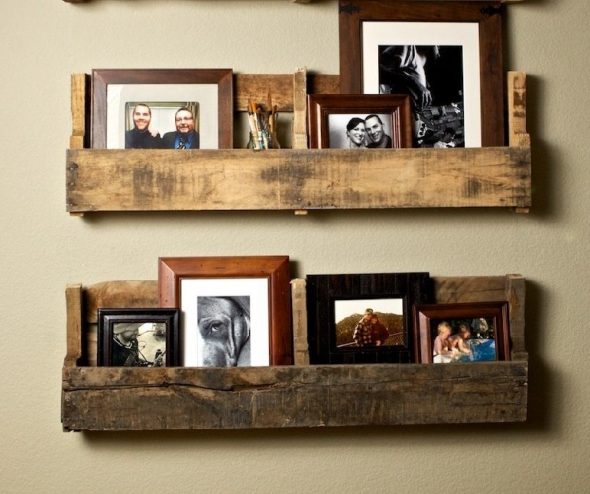
Thanks to a modern universal instrument, a home craftsman can make almost any shelf, even in apartment conditions, let alone work in his workshop.
The assembly of such a shelf consists of the following steps.
- Saw the timber and the board into blanks of equal length.
- With the help of a template, matching holes are made in the side part of the bar and the future shelf, the diameter and total depth of which should coincide with the length of the dowels.
- The beam is mounted on the wall with dowels and screws.
- Glue-greased noglins are carefully put into the holes of the timber.
- The surfaces of the timber and shelves that will be connected with them are also lubricated with glue.
- Shelf "worn" on pins and tightly pressed. For reliability, you can gently tap the entire length of the side of the shelf with a rubber mallet.
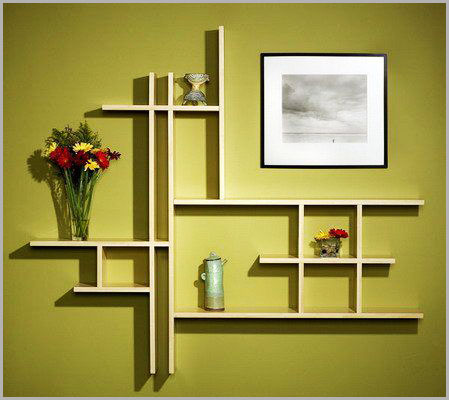
Of course, I immediately want to make something volumetric and beautiful, which is quite natural, but first you can try your hand at having made a simple but neat shelf.
This shelf will look like a natural continuation of the walls of your room. Just do not load it with a large number of items.
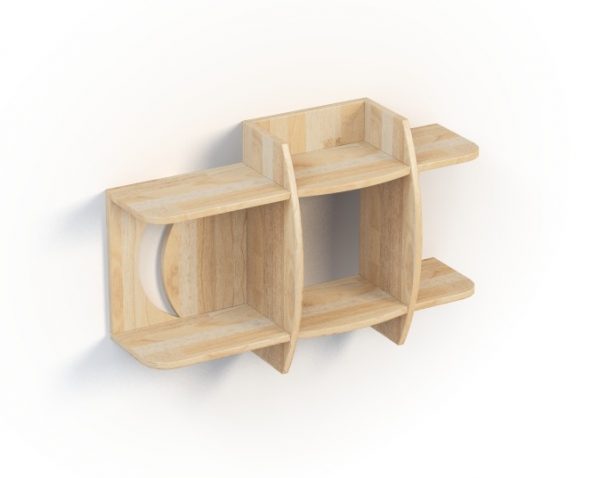
And these products can be the first independently made things. It is really easy.
Decor is everything
You assembled and hung shelves on the wall. But they look unpresentable - too empty, or vice versa littered with books and other trifles. To wall shelves in the interior of your room look aesthetically pleasing and attract the eye, follow these simple rules.
- The law of three colors is one dominant color for the shelf and two additional colors for items on it. It is desirable that the color of the shelf contrasted with the objects standing on it - so they will look more expressive.
- Control the chaos with the help of triads. Arrange objects with similar colors on different shelves so that they are on the tops of imaginary triangles.
- Give more air - some things, especially large ones, require more space on the shelf.
- Small things need a profitable background. For example, a statuette, standing on a shelf next to a luxurious vase, must be moved away from the spectacular neighbor and placed against the background of a small painting in watercolor.
- Try to place objects similar in size and color relative to imaginary vertical or horizontal axes of symmetry.
- The higher the shelf, the easier the items should be. All massive items should be placed on the lower, and light - on the upper shelves.
- Do not forget about the functionality - on the shelf, located at the level of your view, place those things that you most often use.
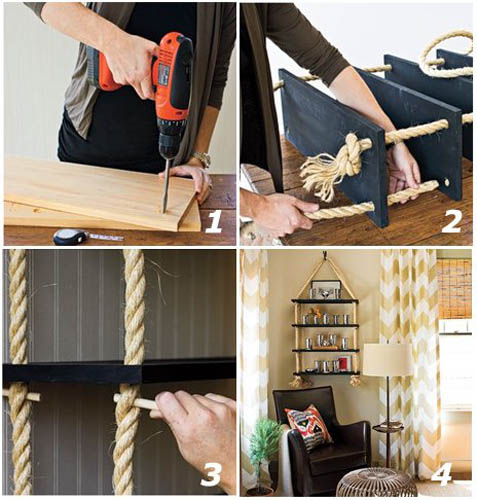
Simple design is good: you can make any shelves with your own hands.
Do not be afraid to experiment. A wall shelf can be made from any material, but lumber is best suited. To install use hinged corners or brackets. And do not be lazy to arrange beautifully the books and vases on them.
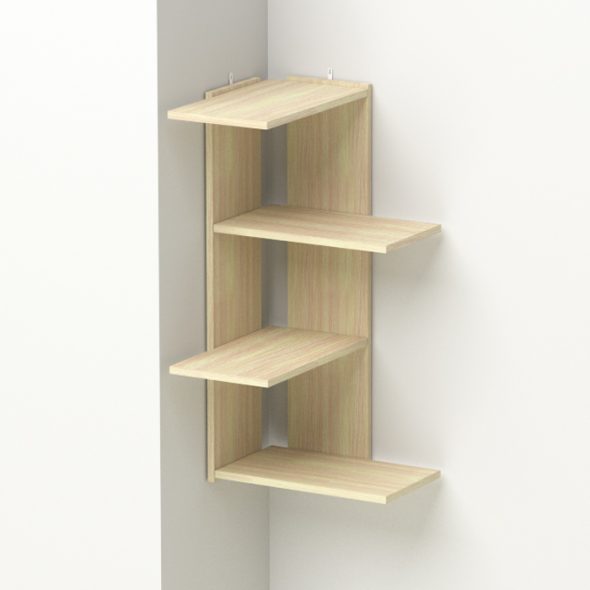
Structurally, most shelves consist of the actual shelves and jumpers.
VIDEO: Do-it-yourself shelf (how to make a wood shelf)
50 photo ideas how to make shelves on the wall do it yourself
 How to make a shelf for flowers on the windowsill
How to make a shelf for flowers on the windowsill
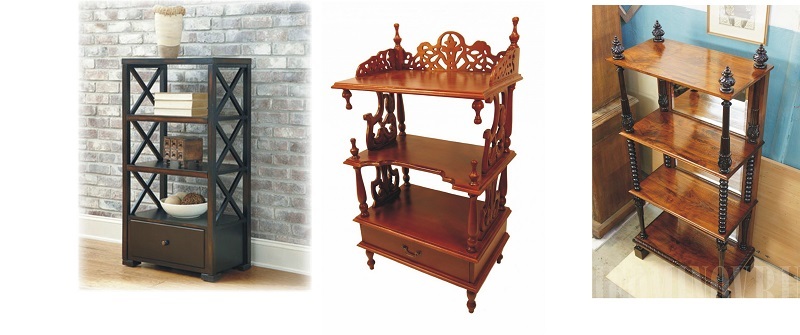 How to make a bookcase with your own hands?
How to make a bookcase with your own hands?
 Shelves in the design of the bedroom - their varieties and features
Shelves in the design of the bedroom - their varieties and features
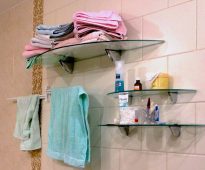 Self-made shelves in the bathroom with their own hands
Self-made shelves in the bathroom with their own hands
 How to make a shelf under the TV on the wall with your own hands
How to make a shelf under the TV on the wall with your own hands
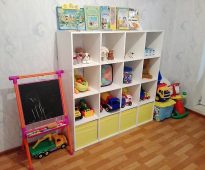 We make a rack for toys with their own hands
We make a rack for toys with their own hands

